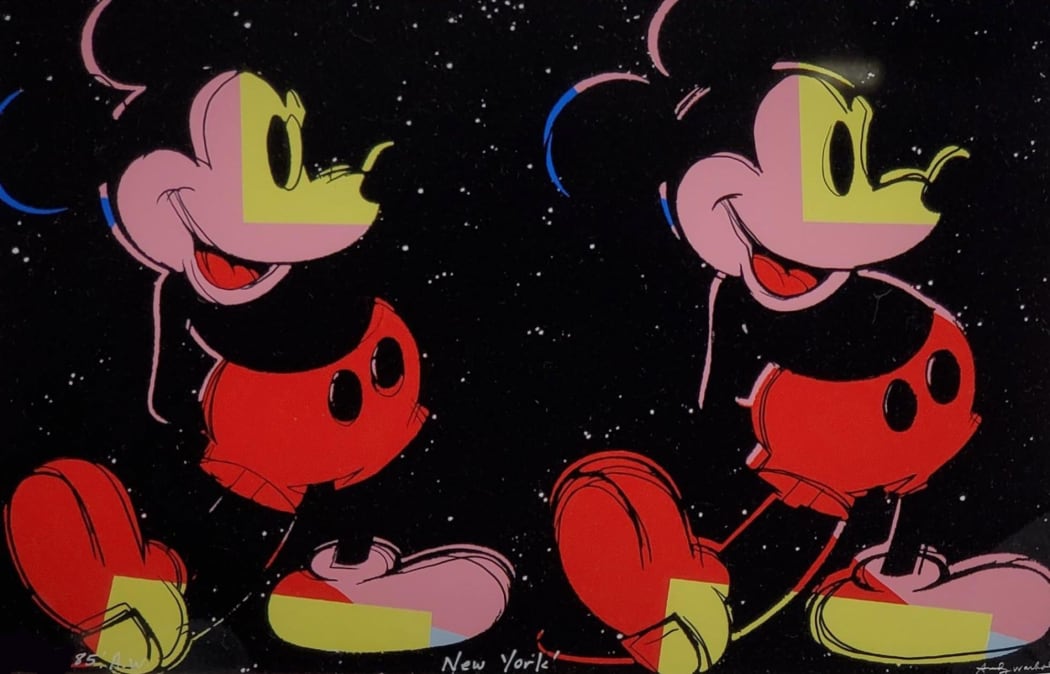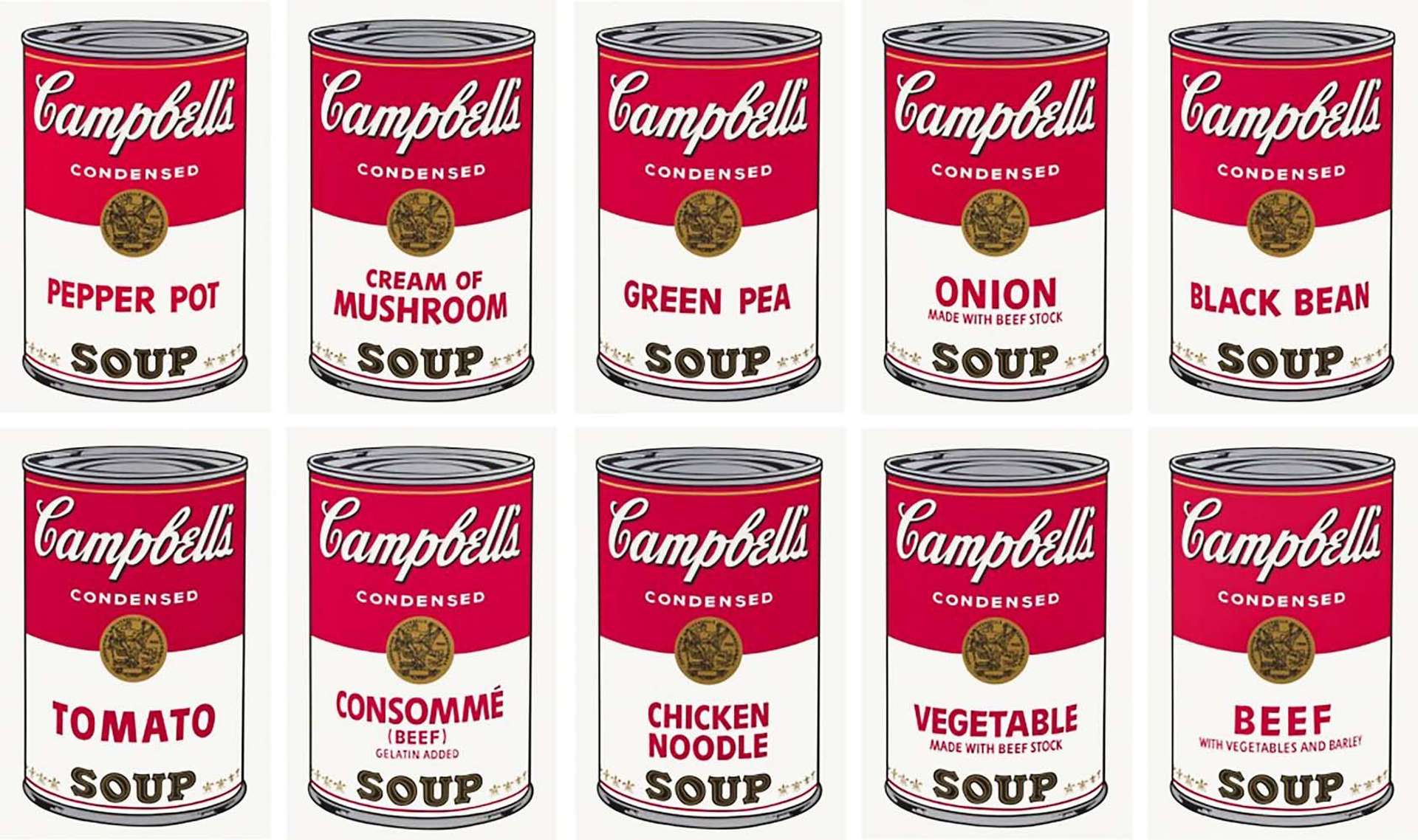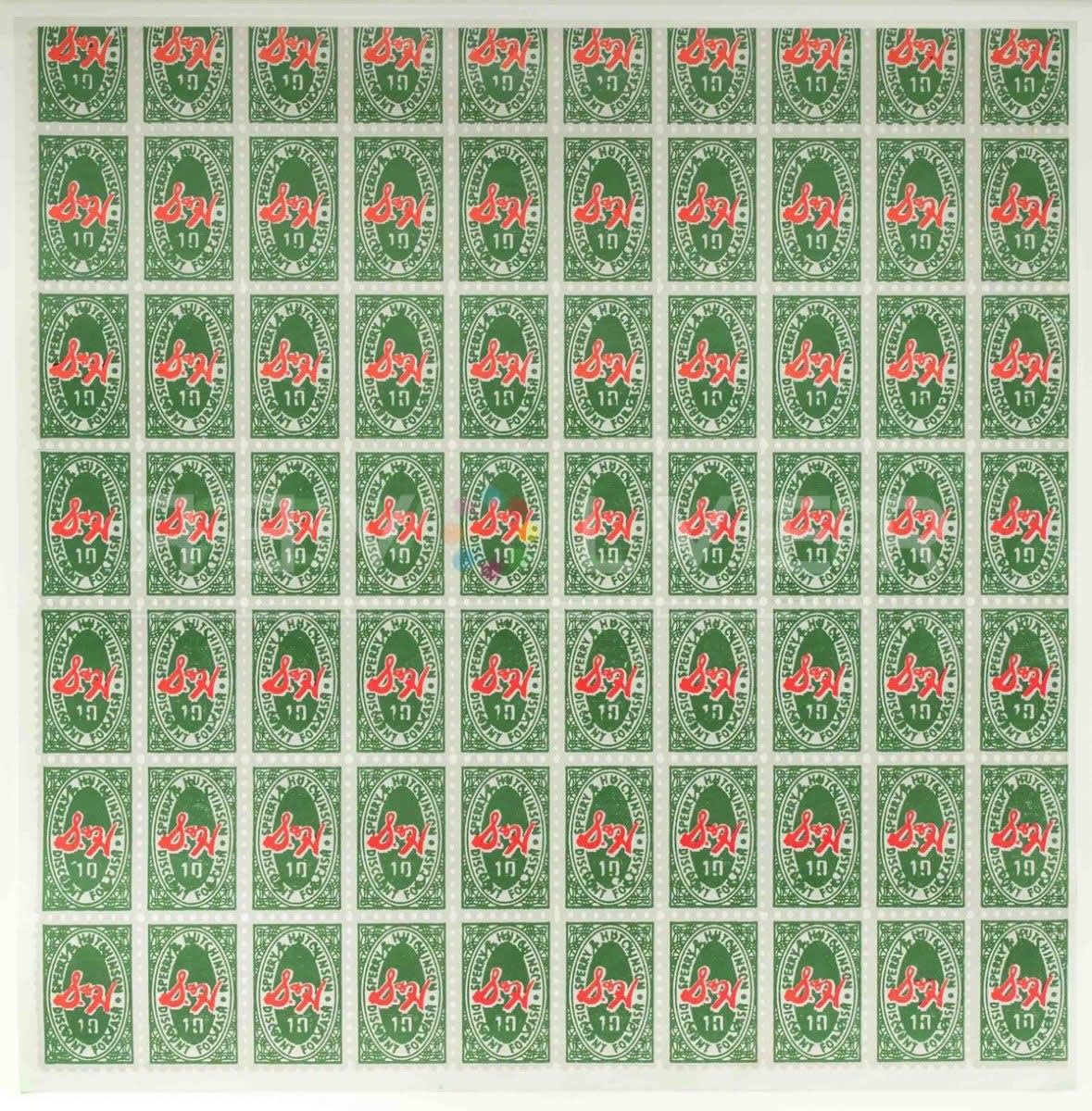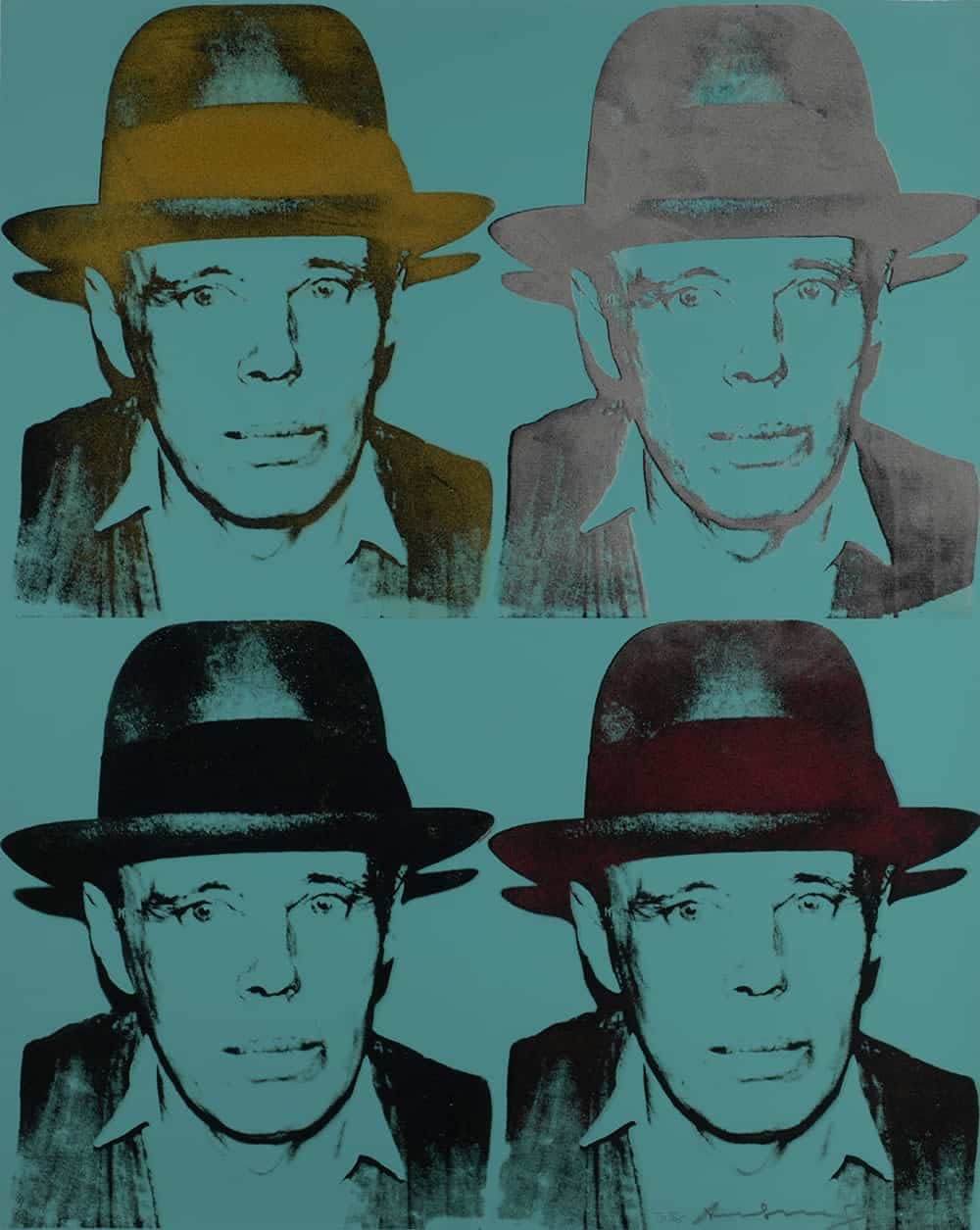
Warhol continued to employ this technique in his later works, extending its application to his photography, exemplified in his portrayal of Grace Jones. His art often featured a common theme of juxtaposing colours, resulting in a quintessential "Pop Art" aesthetic. This approach, characterised by its striking and eye-catching designs, made use of relatively simple imagery but conveyed profound artistic depth.
Screen printing, as used by Warhol, integrates repetition as an integral part of the image's meaning. Even a single silk-screened print imparts a sense of repetition, and Warhol took this concept further by magnifying repetition into a theme of variations and consistencies, successes and failures in achieving identicalness.

Andy Warhol's paintings frequently featured repeated or magnified images, whether it was flowers, car crashes, or celebrities like Marilyn Monroe and Elizabeth Taylor. These images were created through silk-screening, often based on photographs taken by others and printed by assistants in Warhol's studio, emphasising his role as the creator through image selection, repetition, and potentially magnification.
The technique of silk-screening, which allows for precise delineations, was employed in a somewhat unconventional manner by Warhol. This deliberate choice resulted in a blend of sentiment and lack of sentiment, care and carelessness within his works, showcasing the interplay of these elements.
Warhol's unique approach to repetition also involved the use of stereotypes, which referred to the printing technique using solid metal plates to enhance image reproduction. Characters like Marilyn Monroe, Queen Elizabeth, and Elizabeth Taylor were portrayed with a sense of assembly-line production, mirroring the repetition found in his iconic works like soup cans and ketchup bottles. These images often depicted passivity, showcasing people and objects acted upon by machines, events, and circumstances.

The passivity observed in these images and their repetitive nature led to a profound connection between repetition and suffering. Warhol's art suggested that suffering was not inherent in a single painful event but rather in the repetition of that pain. Suffering became a retrospective and duplicated experience, with passivity playing a role in enduring this repetition. However, with sufficient repetition, pain could transition into numbness, and the repeated agony became almost an anaesthetic.
In some Warhol paintings, the artist chose not to repeat images through addition but by multiplication, magnifying an image beyond all proportion. This distortion created an overwhelming and overbearing effect, reinforcing the theme of passivity and further exploring variations on repetition.

Warhol's experimentation extended into his films, where he explored themes of sleep, sex, and nutrition. These movies showcased passivity, magnification, and repetition as central elements. "Sleep" depicted a man sleeping for six hours, repeating one reel endlessly to remove the variety found in actual sleep. "Blow Job" focused solely on the individual being acted upon, highlighting the enjoyment or suffering of the experience. "Eat" captured a painter chewing methodically, emphasising the non-action aspect. These films delved into aspects of life that demanded repetition in their fulfilment and reflected Warhol's interest in passivity and magnification.

Warhol once expressed his ambition to become a machine, capable of achieving endless and flawless repetitions. However, his inability to attain such perfection highlighted the unattainability of this ideal. Warhol's failed attempt to become a machine ultimately succeeded in showcasing that when repetition is pursued as an ideal, it remains elusive. Yet, this very failure transformed him into an artistic flower, characterised by his unique expression.
Warhol's flower paintings, both early paint-by-number works and silk-screened versions based on magazine photographs, presented flowers as objects of contemplation using flower-like modes of thought: passivity and repetition. This convergence of method and object bestowed upon these paintings a distinct authority, where each petal echoed another, and each blossom mirrored its counterpart.
Warhol's art often radiated a melancholic tone, seemingly devoid of happiness, joy, or pleasure. This absence could be attributed to the challenge of replicating such emotions, which do not lend themselves to repetition and are not derived from passivity. Yet, within this melancholy, there existed a unique form of daylight, the perfect expression of a feeling. There was a sense of joy in witnessing sadness depicted flawlessly. Warhol demonstrated that while repetition might be an ideal characterised by mindlessness, it remained unattainable in the realm of human experience. Still, he celebrated repetition as a source of glory, jest, and mystery, shedding light on the suffering inherent in enduring repetition. Warhol's art invited us to contemplate the complexities of repetition and passivity, reminding us that in the end, sufficient repetition could lead to numbness, where the repeated pain became an anaesthetic
Discover Andy Warhol paintings for sale at Andipa and contact our gallery via sales@andipa.com or call +44 (0)20 7581 1244.